The 10 Biggest Microsoft News Stories Of 2019
From surging Azure growth, to Windows 7 end of life, to the blockbuster JEDI contract win, we round up the biggest Microsoft stories that affected the channel this year.
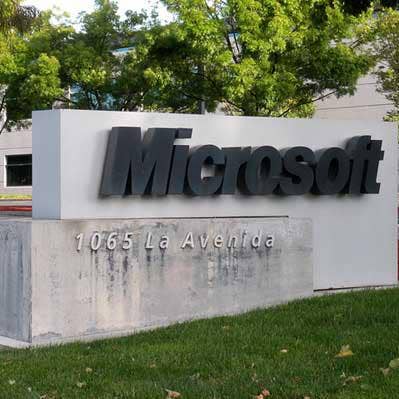
Microsoft's Huge Year
In a year that saw Microsoft cross a $1 trillion market capitalization, the highlights were numerous. Many of the biggest wins were driven by Microsoft's Azure cloud platform, and came at the expense of competitors such as Amazon Web Services. But 2019 was not just about Azure, with Microsoft seeing growth across multiple segments including in key focus areas such as the Teams collaboration platform, the transition from Windows 7 to Windows 10 and the Surface devices business.
The year wasn't without controversy, however, as Microsoft did an about-face after eliminating a popular partner benefit and publicly clashed with its biggest cloud rivals on several occasions.
What follows are the 10 biggest Microsoft news stories of 2019 affecting solution providers.
Get more of CRN's 2019 tech year in review.
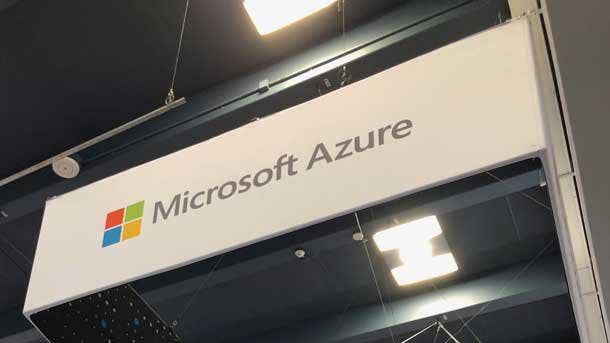
10. 'Cloud Party' Continues
Growth of the Azure cloud platform led Microsoft's intelligent cloud segment to leapfrog both of its other businesses at the end of the company's fiscal 2019—becoming the company's largest segment by revenue for the first time. The results have pointed "to an inflection point in deal flow as more enterprises pick Redmond for the cloud,” wrote Daniel Ives, managing director for equity research at Wedbush Securities, in a note to investors. The intelligent cloud business hadn't been Microsoft’s No. 1 segment by revenue during a quarter until Microsoft's fiscal Q4, ended June 30. Previously, intelligent cloud typically came in behind both of Microsoft’s other segments, personal computing and productivity. "While the stock has been very strong and a trillion dollar market cap is now reached, we believe the cloud party is just getting started in Redmond," Ives wrote.

9. AT&T Deal
In July, AT&T and Microsoft confirmed an extensive, multi-year partnership to support each other in cloud and 5G. The pact, part of which includes the telecom giant moving workloads to Azure, is valued at more than $2 billion. The AT&T agreement is “the largest commercial deal that we have signed of this size, and we have line of sight to many more such deals,” Microsoft CEO Satya Nadella said in July.
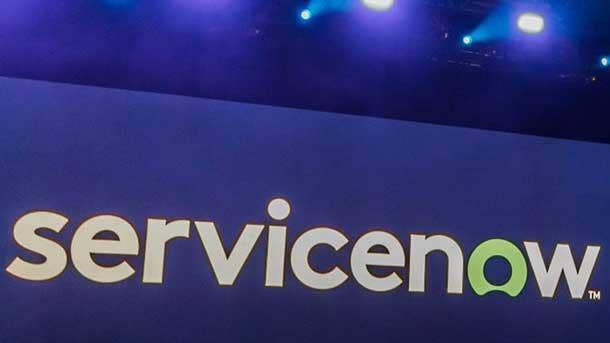
8. ServiceNow Partnership Expansion
Microsoft's landmark agreement to partner more closely with ServiceNow—including tightly integrating the ServiceNow IT automation platform with the Microsoft Azure cloud—spells “huge” opportunity for the channel, partners told CRN. Under the expanded agreement, which was unveiled in July, ServiceNow agreed to host its “full SaaS experience” on Microsoft Azure. The deal guarantees that ServiceNow will use Azure Cloud as “part of its preferred cloud platform” for certain highly regulated industries including the U.S. government. “This is a huge services opportunity for the channel," said Chris Pyle, CEO of Champion Solutions Group.

7. Surface Duo And Neo
In October, Microsoft made a pair of surprise announcements in its Surface devices business, with the company teasing two foldable dual-screen devices that are in the works. The devices will be a dual-screen tablet, the Surface Neo, along with a smaller foldable device, the Surface Duo, which can also serve as a phone. Both are slated for release in the holiday 2020 timeframe.
The Surface Neo will include two 9-inch displays that can fold 360 degrees and will run a new version of Windows 10—dubbed Windows 10X—that has been optimized for dual-screen devices. The Surface Duo, meanwhile, will run Android and will be able to serve as a phone in addition to a smaller dual-screen tablet. The Duo will feature a pair of foldable 5.6-inch displays, which will offer a total of 8.3 inches of screen space diagonally when unfolded.

6. Hyper-Scale Feud
A restriction Microsoft imposed on transferring on-premises software licenses to hyper-scale clouds triggered harsh words from its two largest rivals. Google Cloud President Rob Enslin tweeted: "Shelf-ware. Complex pricing. And now vendor lock-in" in response to an article on the licensing change. "Microsoft is taking its greatest hits from the '90s to the cloud." Amazon CTO Werner Vogels described the move on Twitter as a bait-and-switch, going on to say it's "hard to trust a co. who raises prices, eliminates benefits, + restricts freedom of choice." Vogels referenced policy changes "to force MS use" such as undoing the Bring Your Own License option for SQL server running on Amazon's managed RDS service and Windows upgrades on Amazon instances.
Microsoft partners, though, said they are happy to see the software giant pressing its advantage to drive Azure cloud adoption in whatever ways it can. "Personally, I think Microsoft is just being aggressive about driving their solutions," said Matt Scherocman, president of Interlink Cloud Advisors, a Microsoft partner based in Cincinnati.

5. Surge In Teams Users
The number of users for Microsoft's Teams collaboration platform rose fast in 2019, with Teams reaching 20 million daily active users as of mid-November. That was up 53 percent from early July, when Microsoft reported 13 million daily active Teams users. Teams competes primarily with Slack, which reported having 12 million daily active users as of September. The usage disclosure came with Microsoft gearing up to transition its Office 365 user base from Skype for Business Online to Teams. As of July 31, 2021, Skype for Business Online will be retired and no longer accessible, Microsoft announced recently. Teams includes group chats, instant messaging and video/audio meetings, along with integration of Microsoft and third-party applications. "Teams is the glue for the Microsoft user’s experience," said Ric Opal, principal at Oak Brook, Ill.-based SWC Technology Partners, a BDO USA LLP company.
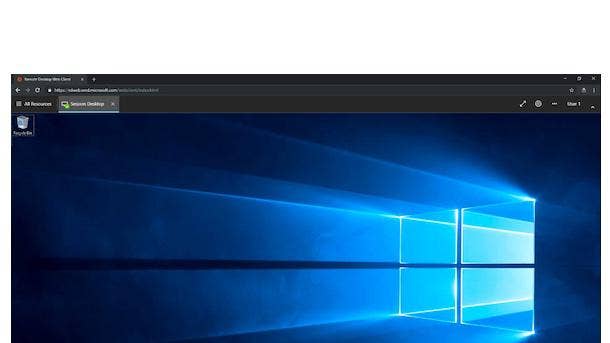
4. Windows Virtual Desktop
In September, Microsoft announced the general availability of its Windows Virtual Desktop solution, which aims to simplify deployment of virtual desktops while providing a less-expensive licensing model. Windows Virtual Desktop is a "revolutionary" offering that has the potential to become a major force in IT deployments, said Vadim Vladimirskiy, CEO of Nerdio, provider of an Azure automation platform for MSPs. The solution should serve both as a competitor with existing virtual desktop options and as an alternative to traditional PC refreshes for customers, he said.
Microsoft’s plan to aggressively move Windows and Windows security updates into Azure as part of its Windows Virtual Desktop charge is set to wreak havoc on MSPs that stand pat with the 34-year-old legacy Windows operating system device distribution model, top industry executives told CRN. "This is a historic moment in the history of computing,” said Jed Ayres, CEO of IGEL North America, which is making a huge investment to support WVD with its secure Linux-based lightweight, endpoint operating system. “MSPs and solution providers just don’t understand the implications of Windows Virtual Desktop. Over the last 34 years Microsoft has come out with 16 different versions of their operating system. That is over. For the first time ever, Microsoft is leaning into delivering Microsoft Windows from Azure with WVD. The same play Microsoft ran over the last five years on Office they are now running on Windows.”

3. Internal Use Rights
Just one week before its Inspire 2019 partner conference, Microsoft surprised its huge channel community when it disclosed that it would no longer offer free product licenses for internal business use by partners. The company said the high costs of delivering and supporting the software was a major factor in the decision. The news created an uproar among channel partners, who said the so-called internal use rights (IUR) provided valuable opportunities to gain hands-on experience with Microsoft software and deploying and testing applications in production environments. Some partners said they would abandon their Microsoft Action Pack subscriptions because of the elimination of IUR, and an online petition protesting the move quickly gained hundreds of partner signatures.
Five days after the original announcement, Microsoft reversed course and rescinded its decision on ending the longtime channel benefit. In a blog post, Microsoft Channel Chief Gavriella Schuster (pictured) said the decision was made after hearing feedback from partners. "Your partnership and trust matters to us. Given your feedback, we have made the decision to roll back all planned changes related to internal use rights and competency timelines that were announced earlier this month," Schuster said.
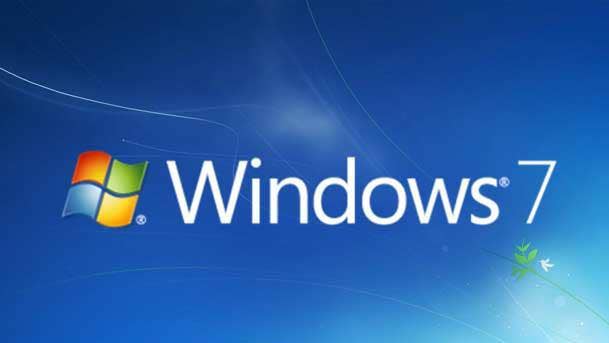
2. Windows 7 End Of Life
With the end of support date for Windows 7 set for Jan. 14, 2020, many solution providers had an extra-busy 2019 with transitioning their customer base to Windows 10. Still, issues such as app compatibility led many businesses to prolong the use of Windows 7 despite the impending end-of-support date for the operating system. In response, Microsoft announced in October that small and midsize businesses would not be automatically cut off from Windows 7 security updates as of January, so long as they're willing to pay for extended updates. Microsoft announced that it will allow "businesses of all sizes" to purchase Windows 7 Extended Security Updates (ESU) through January of 2023. The extended Windows 7 security updates option had previously only been made available to Windows 7 Professional and Windows 7 Enterprise customers in Volume Licensing. Opal, of SWC Technology Partners, said that many SMBs have specific applications that are core to their businesses. And "as the ISVs of those applications modernize their platforms, it is important for Microsoft to offer a bridge to those customers as they complete their transition to Windows 10," he said.

1. JEDI
Microsoft captured the $10 billion JEDI contract in a blockbuster win for the company's Azure cloud platform--and a huge upset for rival Amazon Web Services, which had been widely considered to be the front-runner. In late October, the U.S. Department of Defense said it had chosen Microsoft for the Joint Enterprise Defense Infrastructure cloud computing contract, part of a DOD Digital Modernization Strategy to "improve the speed and effectiveness with which we develop and deploy modernized technical capabilities to our women and men in uniform," DOD Chief Information Officer Dana Deasy said in a statement. "This award is an important step in execution of the Digital Modernization Strategy."
The JEDI contract "is a game changer deal for Microsoft to win as this will have a ripple effect for the company's cloud business for years to come," wrote Ives, of Wedbush Securities, in a note to investors. The deal ultimately "speaks to a new chapter of Redmond winning in the cloud vs. Amazon," Ives wrote. AWS is appealing the decision and seeking a federal court order to reevaluate the award--saying that the process was tainted by political interference from President Donald Trump, who has repeatedly attacked Amazon and its CEO, Jeff Bezos.